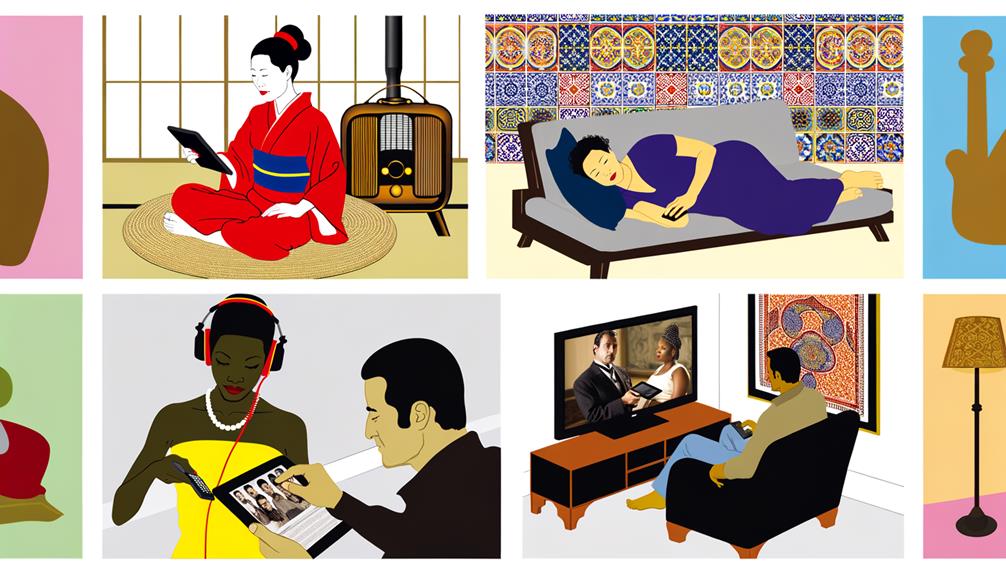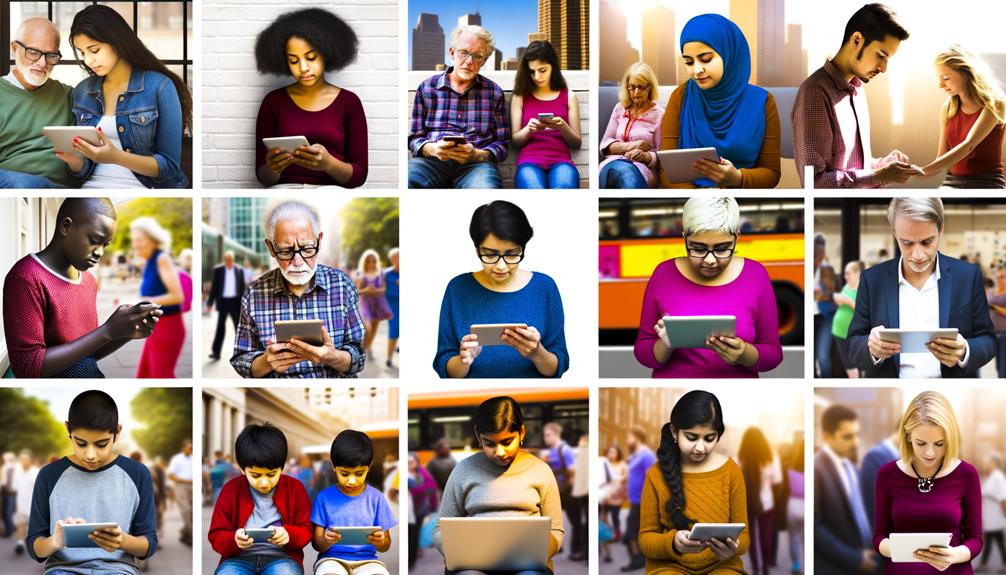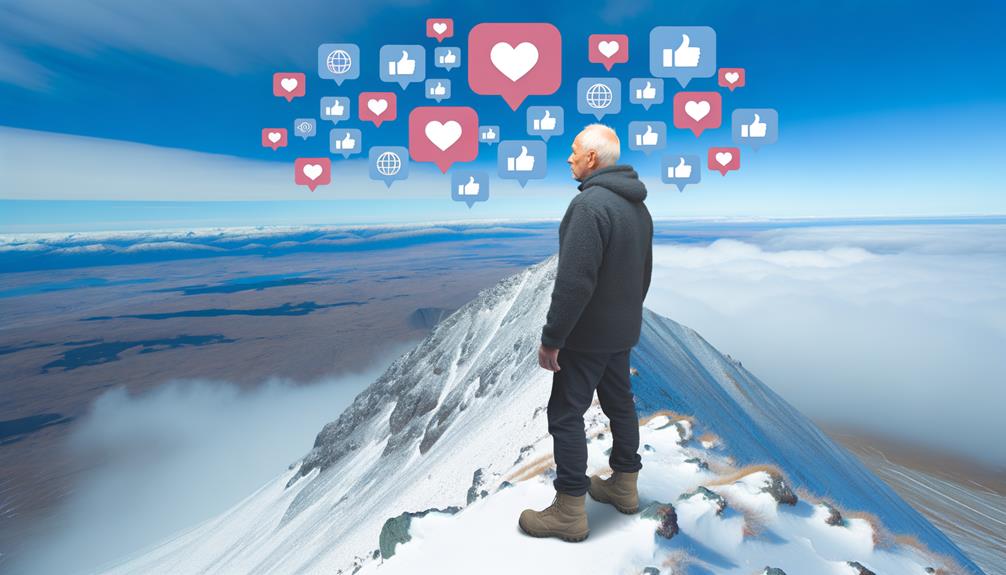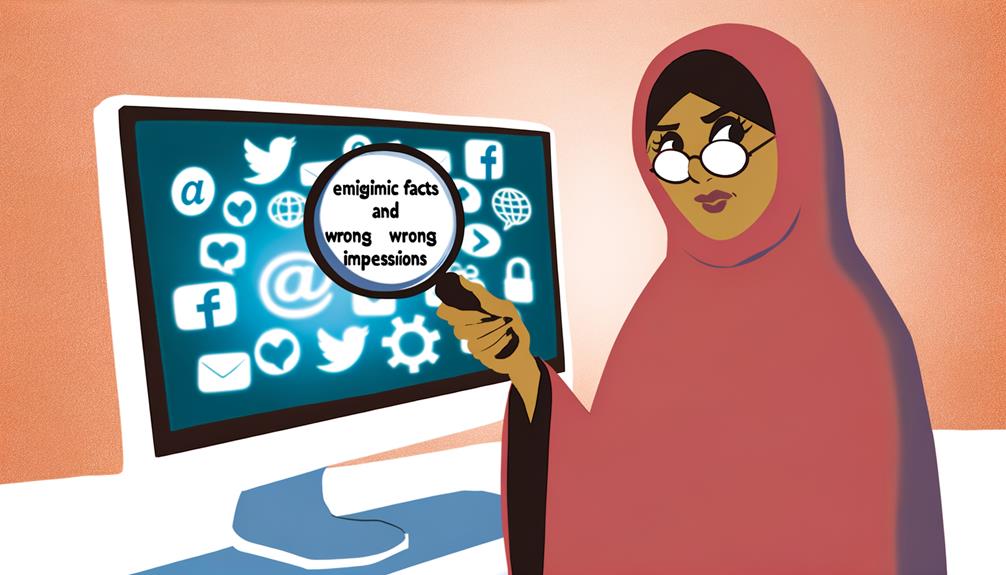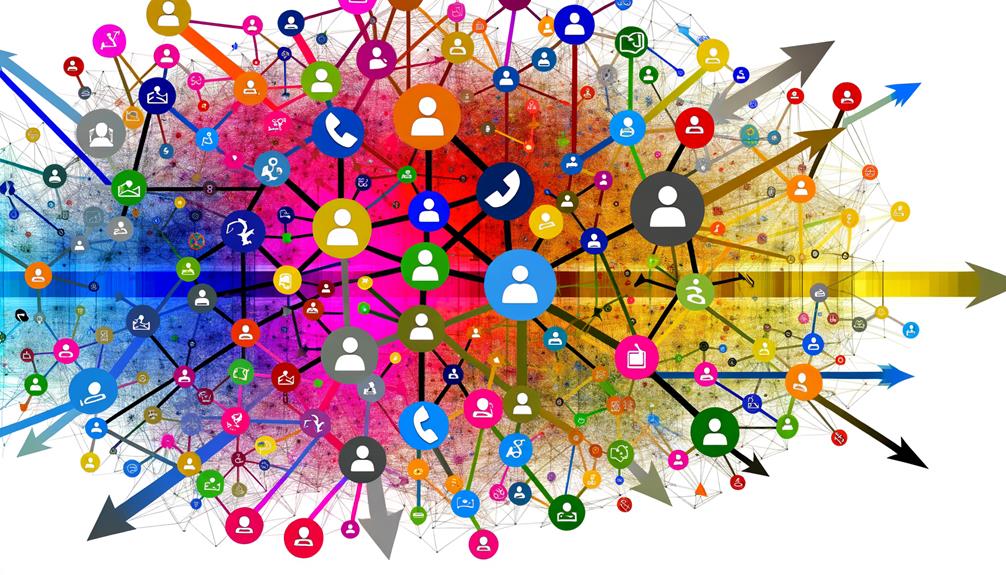Globalization has undeniably transformed the landscape of media and culture across the world. From the way we consume information to the spread of ideologies, its impact is profound and far-reaching. As you navigate through the complexities of this interconnected web, consider how globalization shapes not only what we see and hear but also how we perceive ourselves and others.
The interplay between media, culture, and globalization offers a fascinating lens through which to explore our rapidly changing world.
Historical roots of globalization in media
The historical roots of globalization in media can be traced back to the invention of the printing press in the 15th century. This groundbreaking invention revolutionized the way information was disseminated, enabling the mass production of books, newspapers, and pamphlets. Suddenly, ideas could be shared across vast distances, transcending borders and cultures.
As the printing press facilitated the spread of knowledge, it also played a crucial role in shaping public opinion and influencing political movements. The circulation of printed materials fueled the exchange of ideas, leading to the birth of a more interconnected world.
With the advent of technologies like the telegraph and radio in the 19th and early 20th centuries, the process of globalizing media accelerated even further. These innovations allowed for real-time communication across continents, bringing people closer together and facilitating the rapid transmission of news and entertainment.
In essence, the historical evolution of media technologies has been instrumental in laying the foundation for the globalization of information and culture that we see today.
Technological innovations and media integration
Embracing technological advancements and fostering seamless integration across various media platforms is key to navigating the ever-evolving landscape of globalization in media and culture. In today’s interconnected world, technological innovations play a crucial role in shaping how information is disseminated, consumed, and shared. From social media platforms that allow for instant communication across continents to streaming services that bring diverse content to audiences worldwide, technology has revolutionized the way we interact with media.
The rise of mobile devices has further accelerated this integration, allowing individuals to access news, entertainment, and cultural content anytime, anywhere. This accessibility has blurred the boundaries between traditional media channels, leading to a convergence of content across different platforms. As a result, media organizations must adapt to these changes by embracing a multi-platform approach to reach global audiences effectively.
Furthermore, technological advancements have also facilitated the creation of immersive experiences such as virtual reality and augmented reality, offering new ways for audiences to engage with content. By leveraging these innovations, media creators can enhance the cultural exchange and promote diversity in a globalized media landscape.
Cultural homogenization vs. diversity in media
Navigating the globalized media landscape requires a careful balance between promoting cultural diversity and avoiding cultural homogenization. In today’s interconnected world, media plays a significant role in shaping cultural perceptions and values.
On one hand, the increasing interconnectedness of media platforms has led to a concern about cultural homogenization, where diverse cultural expressions are overshadowed by a more dominant, globalized culture. This can result in a loss of unique cultural identities and traditions.
Conversely, the media also has the power to celebrate and preserve cultural diversity. By showcasing a variety of perspectives, traditions, and art forms, media can help in promoting understanding and appreciation for different cultures.
Embracing diversity in media content not only enriches the global cultural landscape but also fosters tolerance and respect among different communities. It’s essential for media creators and consumers alike to actively seek out and support diverse voices and representations in order to maintain a rich and vibrant cultural tapestry in the global media sphere.
Globalization’s influence on cultural identities
Amidst the complexities of globalization, consider how cultural identities are being reshaped by interconnectedness and media influences. In today’s interconnected world, cultural identities are undergoing a transformation influenced by the global exchange of ideas, values, and practices. As individuals are exposed to diverse cultures through media platforms, traditional boundaries that once defined cultural identities are becoming more fluid.
Globalization has enabled the sharing of cultural practices and beliefs on a scale never seen before. People are increasingly embracing elements from different cultures, leading to the emergence of hybrid identities that blend traditions from various parts of the world. This cultural fusion is evident in art, music, fashion, and even language, reflecting the interconnected nature of our modern society.
Moreover, media plays a pivotal role in shaping cultural identities by disseminating images, narratives, and representations that influence how individuals perceive themselves and others. Through television, movies, social media, and other forms of communication, people are exposed to a myriad of cultural perspectives, challenging them to reevaluate their own identities in a global context. As cultural boundaries continue to blur, individuals are encouraged to celebrate diversity and engage with a broader range of cultural influences, enriching the tapestry of global identities.
Challenges and opportunities in global media market
As the global media market continues to expand and evolve, businesses face a myriad of challenges and opportunities in reaching diverse audiences across borders. In this dynamic landscape, adapting to technological advancements, navigating cultural nuances, and responding to shifting consumer behaviors are crucial for success.
| Challenges | Opportunities | Strategies |
|---|---|---|
| Cultural Barriers | Global Reach | Invest in Localization |
| Regulatory Differences | Market Expansion | Develop Cross-Cultural Competence |
| Technological Disruption | Audience Engagement | Embrace Data-Driven Insights |
| Content Saturation | Brand Growth | Collaborate with Local Influencers |
Understanding and overcoming these challenges while harnessing the opportunities presented can set businesses apart in the global media market. By fostering innovation, building strategic partnerships, and staying attuned to emerging trends, companies can position themselves for sustainable growth and resonance with diverse audiences worldwide.
Conclusion
In conclusion, globalization has transformed the media landscape, connecting people worldwide like a giant web. With advancements in technology and the integration of different cultures, media has become a powerful tool for sharing diverse perspectives.
While challenges exist in maintaining cultural identities, the global media market also presents opportunities for collaboration and understanding. Embrace the global media wave, like a surfer riding the tide of cultural exchange.

